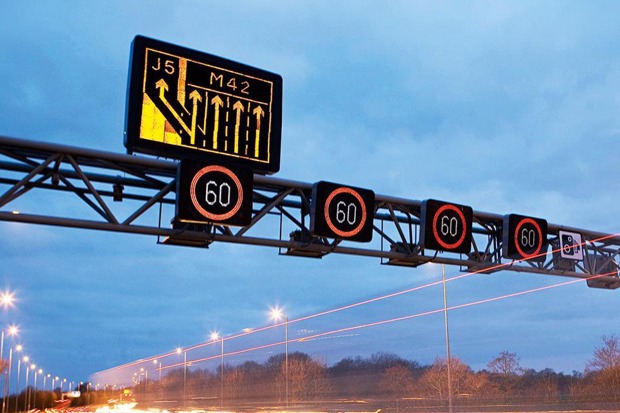Breakdowns four times more likely on smart motorways

Drivers are four times more likely to break down on a smart motorway, a new Freedom of Information request has revealed.
There were 110,212 breakdowns reported on regular motorways with a hard shoulder in 2024 – compared to a hefty 141,149 breakdowns on operational smart motorways.
This is equivalent to a staggering 316 breakdowns per mile of smart motorway and just 75 breakdowns per mile of regular motorway.
Even more worrying, the number of breakdowns reported on smart motorways is rising. Back in 2022, there were around 108k incidents reported on smart motorways. That’s equivalent to 243 breakdowns per mile – 73% less than the latest figures reveal.
In comparison, the number of incidents reported per mile on regular motorways has remained steady, at around 75, since 2022.
Go.Compare, which sent the Freedom of Information request to National Highways about motorway breakdowns, calls the high number of breakdowns on smart motorways ‘alarming’, given that there are far fewer miles of them across the country.
"It could be down to something as simple as them potentially being watched more closely, to ensure that the ‘Red Xs’ are displayed properly," says its car insurance expert Tom Banks.
Or he says the figures could indicate that road conditions are poorer on smart motorways, maybe due to the increased volume of traffic.
The overall number of motorway breakdowns has risen significantly over the past decade, from around 171k in 2014 to over 251k in 2024.
That’s a 47% increase.
The number of breakdowns per mile travelled on motorways has gone up too, up from 2.98 breakdowns per million miles travelled in 2014, to 3.99 breakdowns last year.
Banks reminds drivers that if they do break down on a smart motorway and can’t make it to a refuge area, to move as far left as you can – but only leave the car if you’re next to the verge. Otherwise, keep your hazards and seatbelt on, then call 999 straight away.

